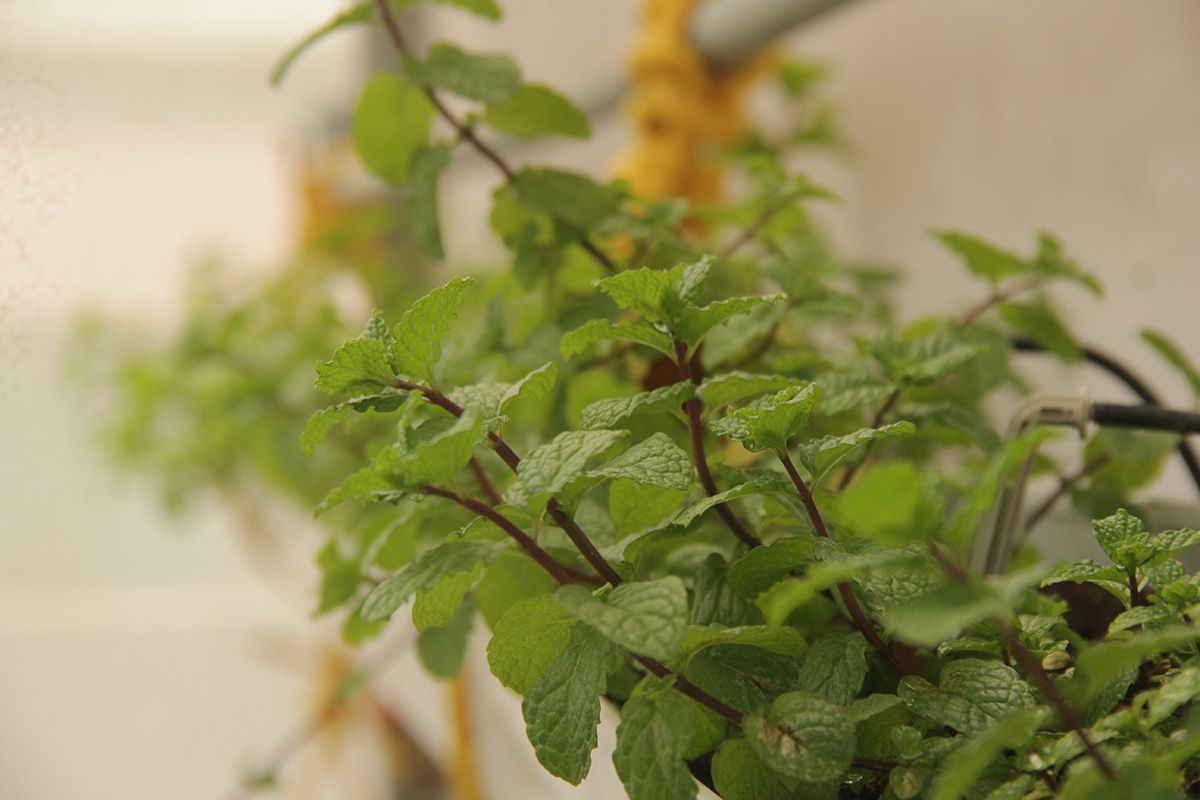Nutritional value: 51% Manganeese,28% Folates,20% Calcium,36% Copper
Planting months: all year round

Nutritional value: 51% Manganeese,28% Folates,20% Calcium,36% Copper
Planting months: all year round
Mint composes many plant-derived chemical compounds that are known to have been antioxidant, disease preventing and health promoting properties. Total antioxidant strength (ORAC) of fresh peppermint herb is 13,978 µmol TE/100 g.
The mint herb contains no cholesterol; however, it is rich in essential oils, vitamins and dietary fiber, which helps to control blood cholesterol and blood pressure inside the human body.
The herb parts contain many essential volatile oils like menthol, menthone, menthol acetate. These compounds effect on cold-sensitive receptors in the skin, mouth, and throat, the property which is responsible for the natural refreshing, cooling sensation that it initiates when inhaled, eaten, or applied to the skin.
The essential oil, menthol also has been analgesic (painkiller), local anesthetic and counter-irritant properties.
Research studies have also been suggested that the compounds in the peppermint relax intestinal wall and sphincter smooth muscles through blocking calcium channels at cell receptor levels. This property of mint has been exploited as an anti-spasmodic agent in the treatment of “irritable bowel syndrome” (IBS) and other colic pain disorders.
peppermint-herb is an excellent source of minerals like potassium, calcium, iron, manganese and magnesium. 100 g fresh herb provides 569 mg of potassium. Potassium is an important component of cell and body fluids that helps control heart rate and blood pressure. Manganese and copper work as cofactors for the antioxidant enzyme, superoxide dismutase.
Further, it is rich in many antioxidant vitamins, including vitamin-A, β- carotene, vitamin-C, and vitamin-E. The leaves of mint also contain many essential B-complex vitamins like folates, riboflavin and pyridoxine (vitamin B-6); and the herb is an excellent source of vitamin-K.